Siberian Iris is a wonderful herbaceous perennial which adds a great design element to any garden. The delicate grass-like leaves make a nice contrast to other foliage in the garden. The flowers are vibrant, and a great way to add a perfect punch of colour to any spot. Learn how to transplant Siberian Iris to add more colour to your garden.
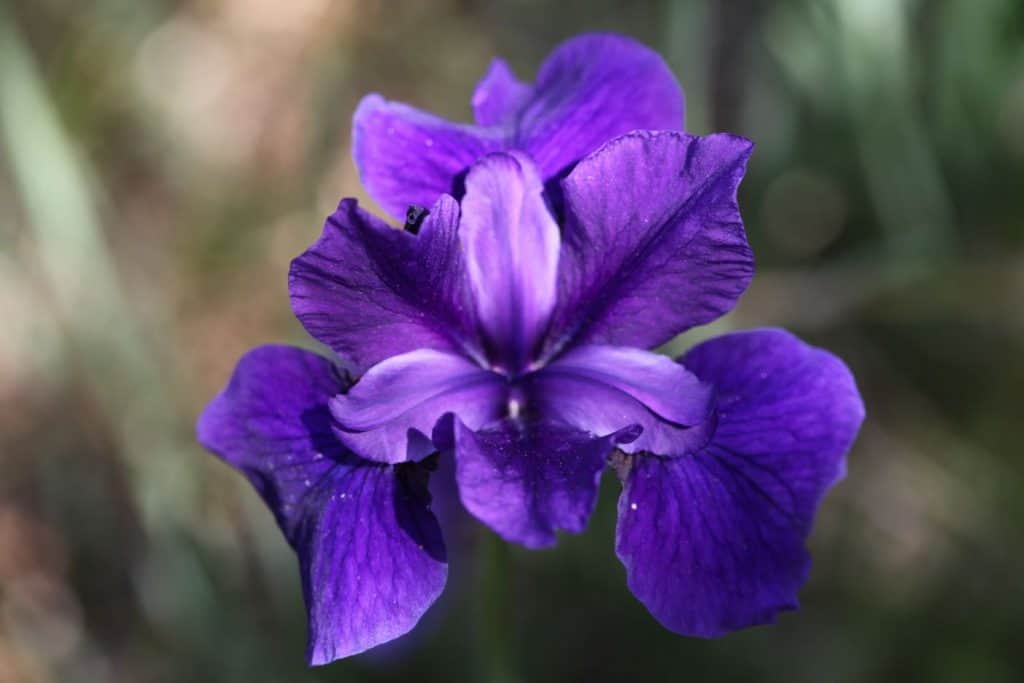
What is a Siberian Iris?
Siberian Iris is a clumping herbaceous perennial plant which forms a nice mound in the garden. The leaves are fine and grasslike, and add a whimsical touch to the garden structure.
The foliage dies back in winter and emerges with fresh new leaves every spring.
Siberian iris blooms are delicate and vibrant, and grow in a branch-like fashion at the top of each stem.
The plants spread via rhizomatous roots underground, and the clump will gradually spread to about two or three feet in width.
After several years the Siberian iris will need to be lifted and divided, as it tends to bloom less vigorously and starts to thin out.
This iris is smaller and finer than the bearded iris, which has broad flat leaves and large ornamental bearded blooms. We grow both types of iris in our garden.
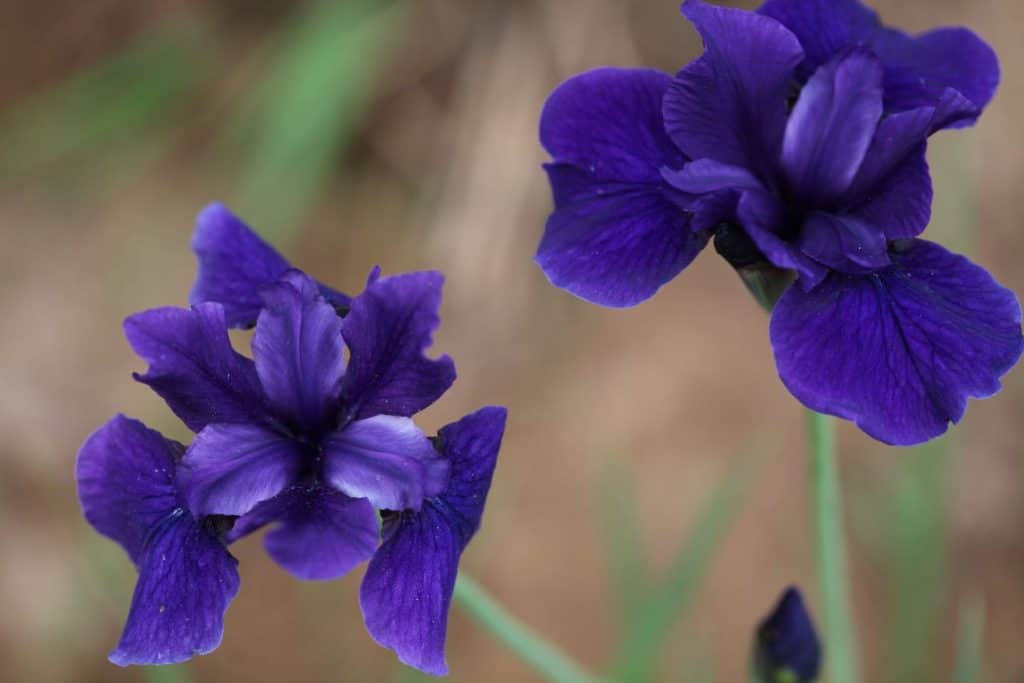
When To Transplant Siberian Iris
Siberian iris will need to be divided and transplanted every three or four years. You will know when it's time to lift, divide, and transplant when the plant starts to display a bare hole in the middle of the mound, from which there are no new leaves protruding.
Our Siberian iris plants have been somewhat neglected, and I noticed that they have been blooming less each year.
When I took a good look at each plant, I realized that the center of each mound was bare, and that the plants were in need of lifting and dividing.
When considering when to transplant your iris it's important to consider bloom time. Siberian iris is a spring blooming perennial.
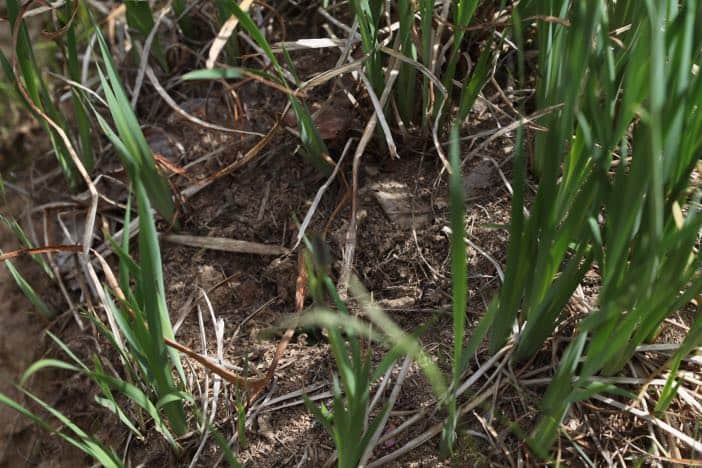
When Is The Best Time To Divide Irises?
Siberian irises can be divided during the growing season, although the are several considerations for early or late division. Lets have a look at the different options:
1. Can You Transplant Iris In The Spring?
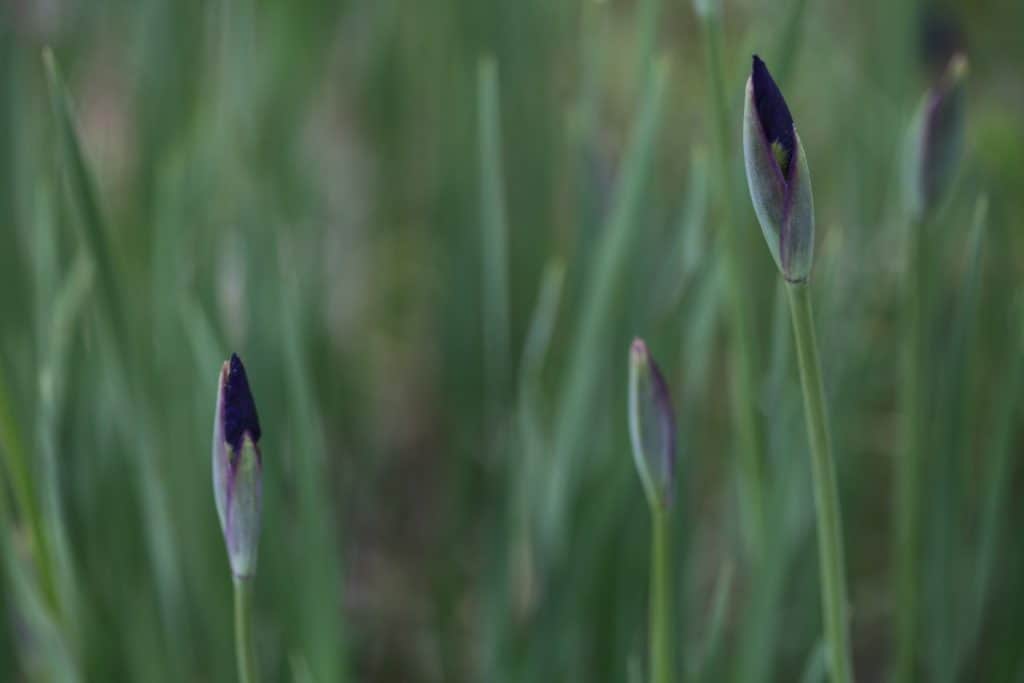
You can transplant iris in the spring during early growth, or later in the summer after blooming.
If you transplant your iris early in spring as the new leaves just start to protrude through the ground, there is a chance that the iris will not bloom that year.
Instead, the plant will put it's energy into establishing new roots.
The benefit of transplanting in spring is that the leaves are short and you will have a good visual on the bare spot in the iris mound to cut out.
Spring division and transplanting will also give the plant lots of time during the growing season to get established in the new planting spot.

2. Can You Transplant Irises In The Summer?
You can transplant irises in the summer after blooming as well.
The benefit of transplanting at this time is that you will get to enjoy the blooms prior to transplanting.
At this time in the season the leaves will be long and somewhat heavy on the clump. It's important when dividing to get a visual on where to divide each section.
The easiest way to do this is to cut back the foliage, down to about four or five inches to get a good visual on the area you need to divide.
When dividing after blooming, consider doing it early enough so that your divisions will have a period of growth to establish before winter.
An issue we always keep in mind here in zone 5b is not to divide too late, as the plants will need some growing time to set roots before the frost sets in the ground.
We sometimes have heaving of plants over winter if the roots don't have ample time to grow before the freeze.
3. How Late Can I Transplant Irises?
You can transplant irises into the late summer or fall, depending on your zone.
It's always good to give the plant some time to put down new roots before winter.
Try to transplant four to six weeks before your first frost date in colder zones.
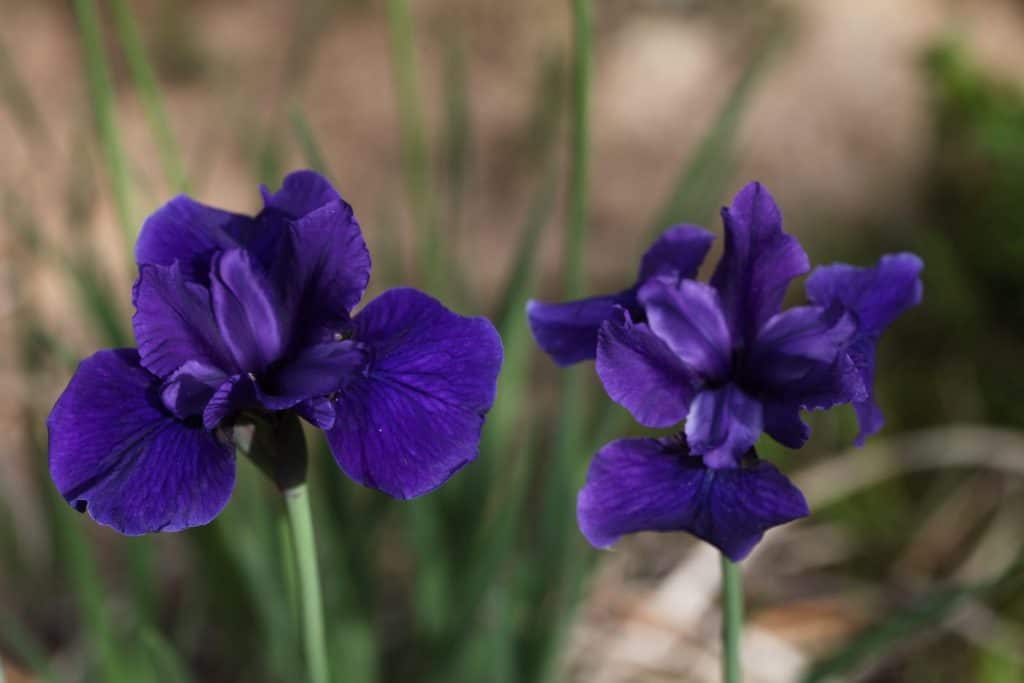
4. Can You Transplant Irises In Bloom?
It's best not to transplant plants when in bloom, however it can be done.
We do it sometimes if we need to move a plant and it just can't wait.
It can add some stress to the plant so give it lots of extra care. Transplanting any plant can cause transplant shock, and the blooms are vulnerable to loss if this occurs.
Lift and divide on a cloudy day when the wind is low. Transplant immediately after lifting and dividing.
A good watering and lots of compost added to the planting area will make a difference.
For the sake of this post, and also because we wanted to get it done, we lifted and divided a clump of our Siberian irises when they were just starting to bloom.
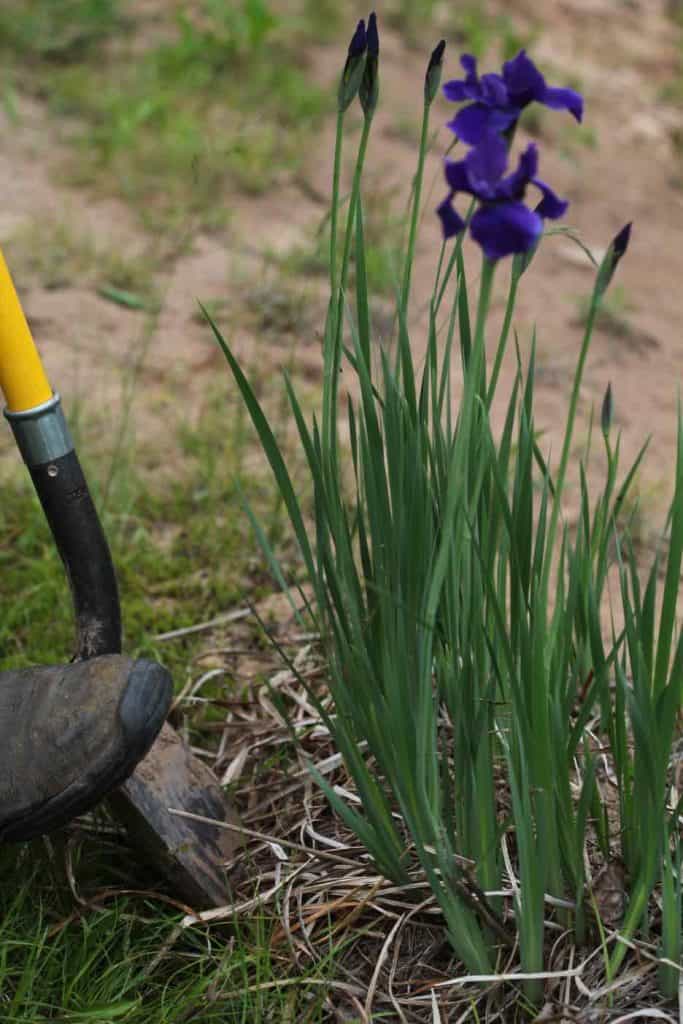
How To Lift, Divide, and Transplant Siberian Iris
When you have decided on a time to lift and divide your iris, it's time to get to work.
1. Digging Up The Iris
- Place the shovel near the base of the iris clump.
- Dig a circle all around the clump, pushing down on the handle of the shovel to help loosen the roots from the bottom of the clump.
- Continue to work around the clump until you have loosened the whole mound and separated it from the ground.
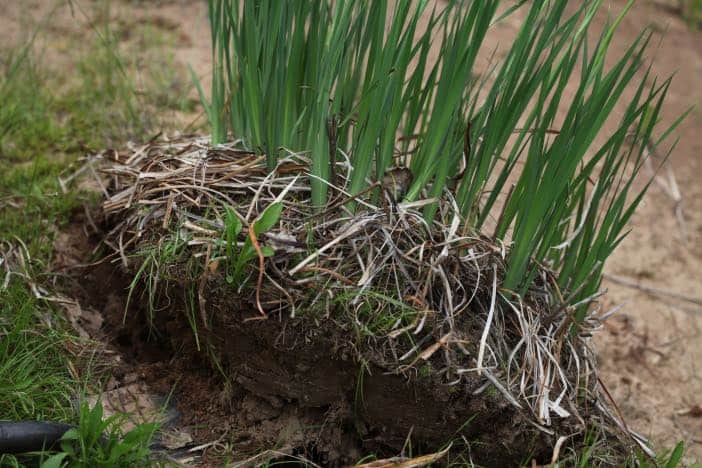
2. Lifting and Dividing Siberian Iris
Lifting Your Iris
- It's time to lift the clump from the planting bed.
- Depending on the size of the clump, it will likely be fairly heavy, so use caution when removing from the hole.
- It's easier to divide the clump if it is removed from the hole.
- If it is too heavy for you to lift you can also make some divisions while it is in the original planting hole. That way it will be lighter to lift the pieces out.
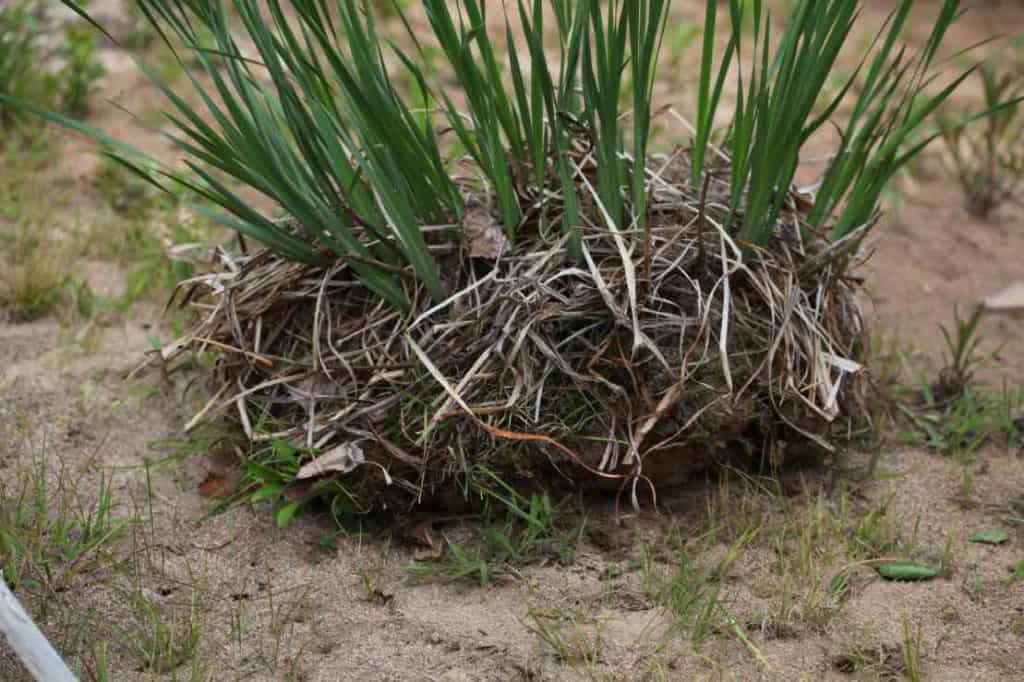
Dividing The Iris
- The Siberian Iris can be quite tough to divide. The rhizomes and fibrous roots are quite dense and tough.

- We used a sharp shovel, and a strong farmer to complete this task!
- You can use a saw or sharp knife as well.
- Look down upon your mound and decide how you will cut it. Try to cut it into three or four pieces, eliminating the bare spot in the middle.
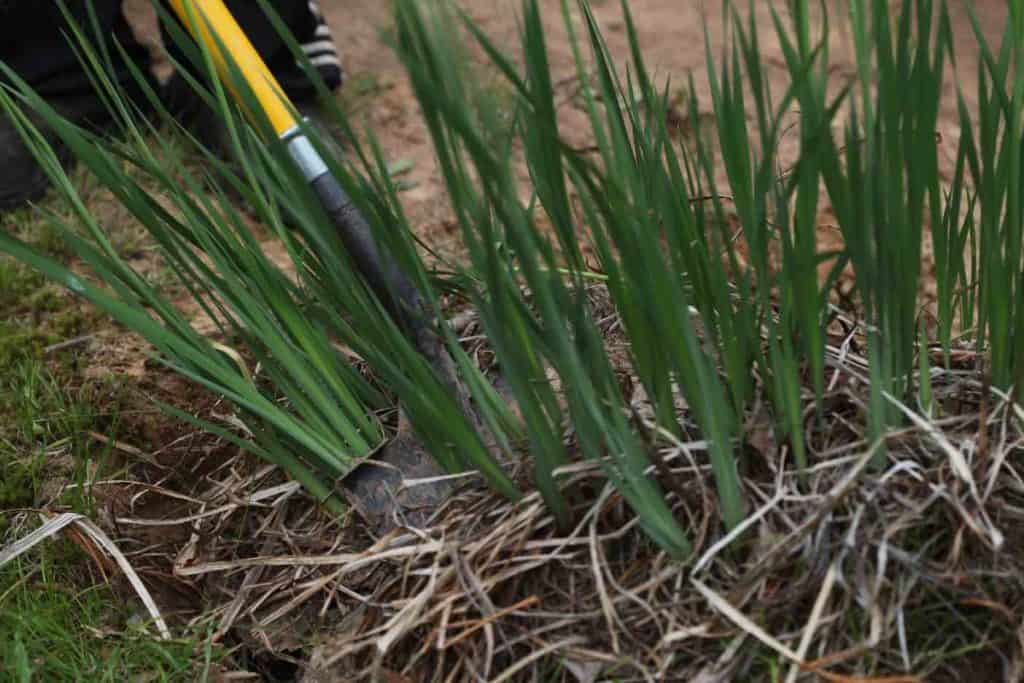
Transplanting Your Iris
- Dig your holes for the new pieces of iris to be planted.
- Transplant the iris back into the garden at the same planting depth that it was removed, with the top of the mound level with the soil.
- Amend the soil with some good organic matter at the time of planting.
- Water in well, and keep moist for several days. Water as needed following.
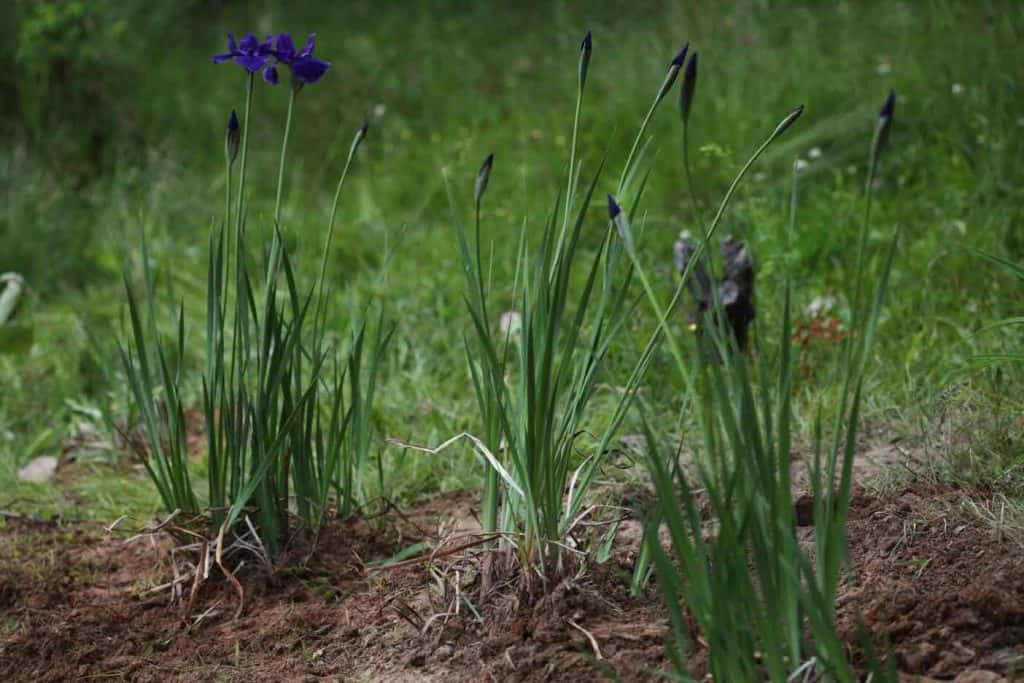
Will Iris Bloom After Transplanting?
If transplanting in spring, your iris may not bloom until the following year.
You can always wait until the plant has finished blooming, and divide and transplant following the blooming period.
From my experience, when an iris is in need of transplanting it will not bloom as profusely as it did when first planted.
If your iris is in need of dividing and transplanting, it may not produce many blooms anyway, and you may choose to forfeit those blooms to do this task in spring.
Regardless of the time of transplanting, the iris will benefit in the long run.
Transplant your iris, to scatter more blooms around the garden. Save some divisions as well for friends, to share in the beauty of the beautiful blooms!
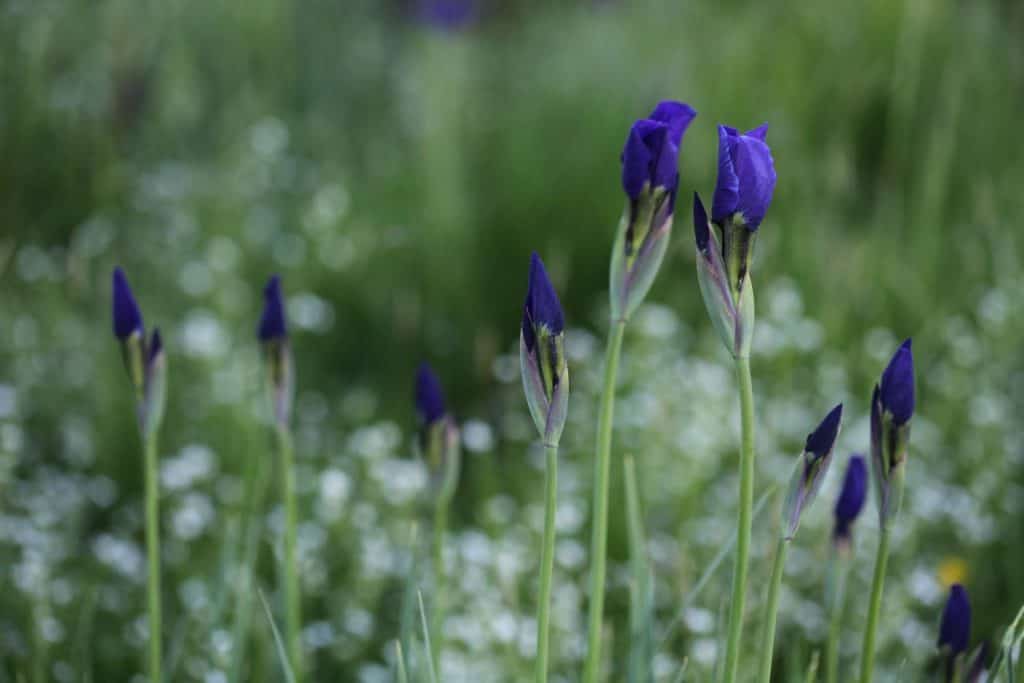
I hope that you found this post on how to transplant Siberian iris helpful.
Have you tried to transplant Siberian iris? If you have, be sure to leave a comment below to share your experience!
Other Posts You May Like:
PIN IT FOR LATER!

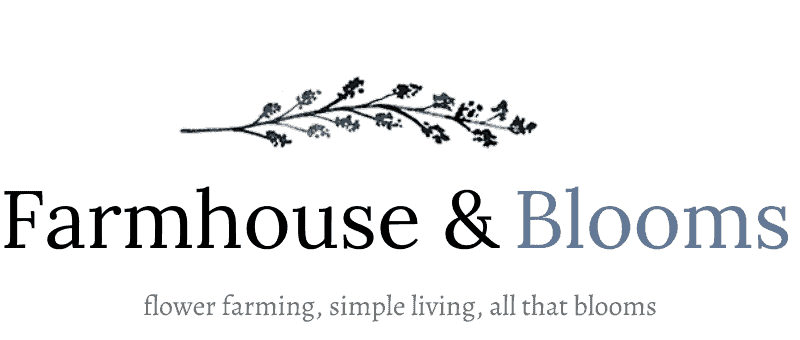

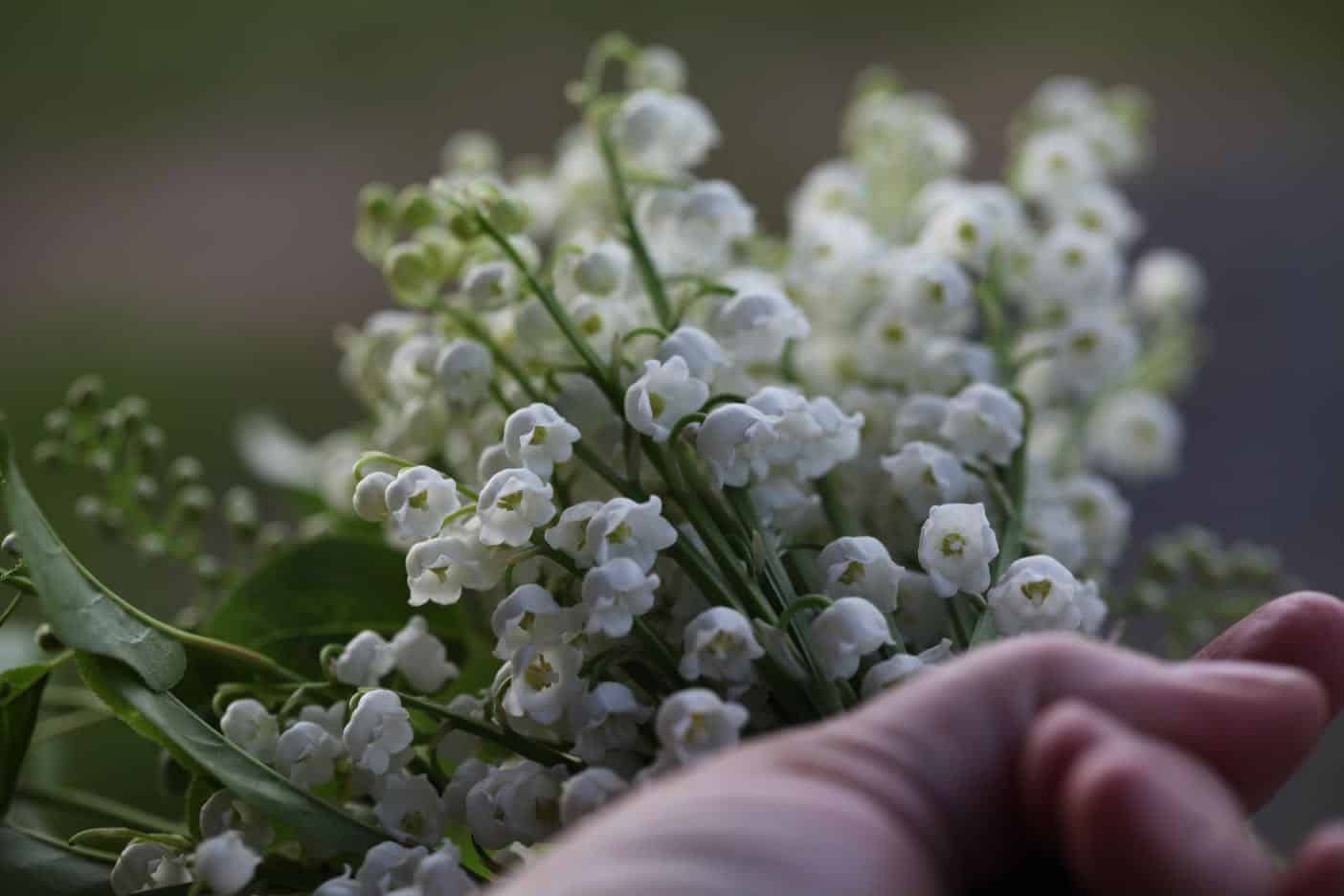
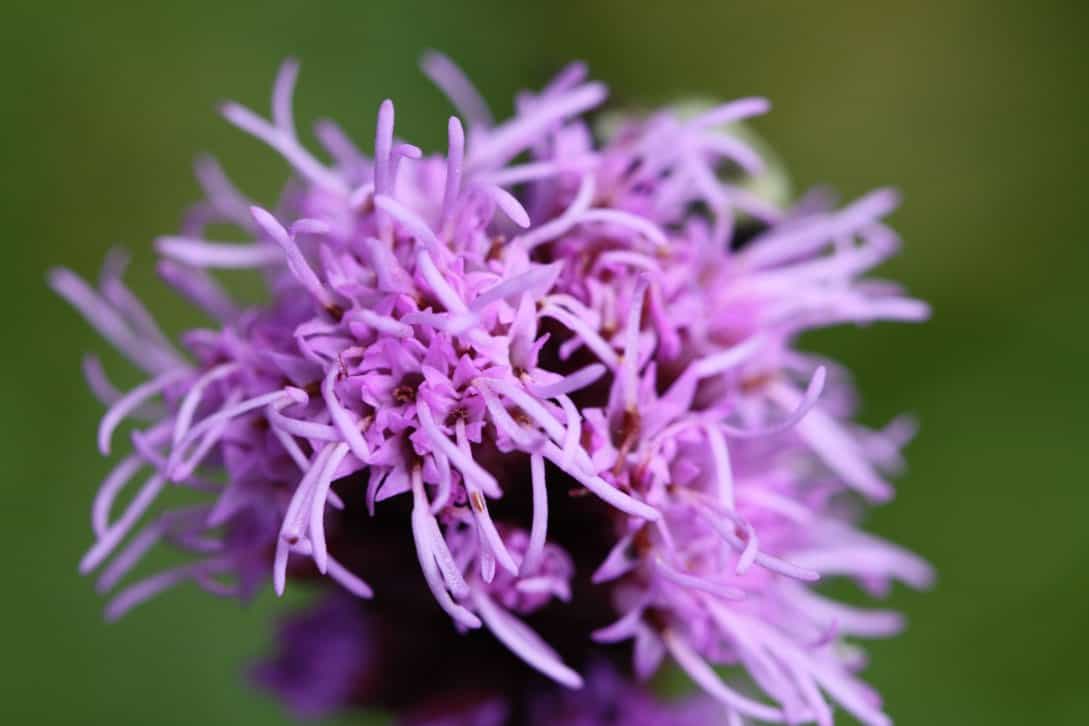

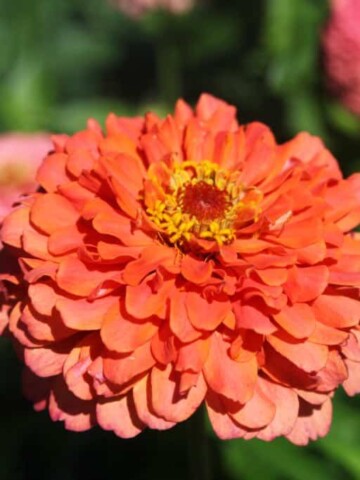

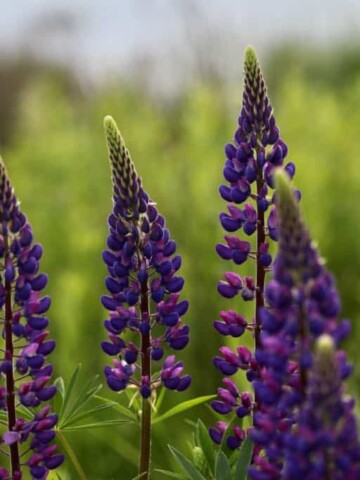
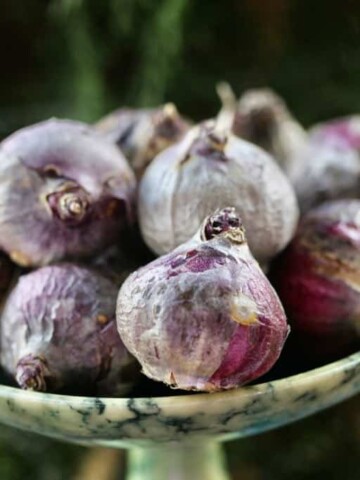
Leave a Reply